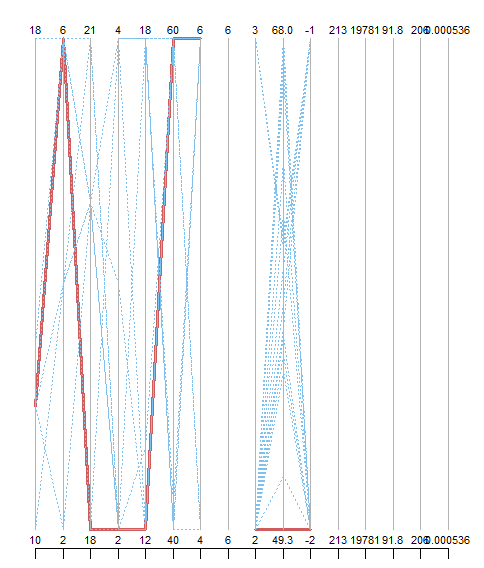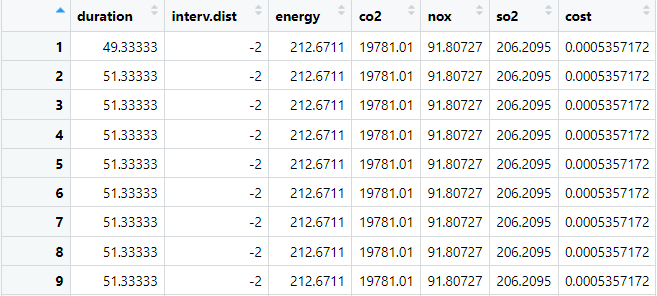When designing high performing civil systems, engineers are facing several challenges. One very actual challenge is related to the intricate relationships between civil systems and another one which the engineers faced since the beginning of the civil engineering field is related to design optimization. The former challenge has been sorted out by identifying the assumed interventions during life cycle and their frequency impact the use of the other influenced systems. The later part become a multi-objective optimization problem when the engineers aim to optimize a design function based on specific objectives defined as the performance criteria at the initial stage of the project.
Having a last decision is getting difficult while working in bigger construction projects. Because decision-makers have to take into consideration multi-objectives such as time, cost, environment, safety and so on simultaneously. To overcome these problems, we should use multi-objective optimization methods. For multiple-objective problems, the objectives are generally conflicting, preventing simultaneous optimization of each objective. Many, or even most, real engineering problems actually do have multiple-objectives, i.e., minimize cost, maximize performance, maximize reliability, etc. These are difficult but realistic problems. GA are a popular meta-heuristic that is particularly well-suited for this class of problems. Traditional GA are customized to accommodate multi-objective problems by using specialized fitness functions and introducing methods to promote solution diversity. A Pareto optimal set is a set of solutions that are non dominated with respect to each other. While moving from one Pareto solution to another, there is always a certain amount of sacrifice in one objective(s) to achieve a certain amount of gain in the other(s). Pareto optimal solution sets are often preferred to single solutions because they can be practical when considering real-life problems since the final solution of the decision-maker is always a trade-off.
We used nsga2() function for the optimization. We also used genetic algorithms and fitness functions. We combined bridge, track and pipe values at first during this optimization. An initial data set with 9 different input parameters is processed over the course of 10 iterations to produce a new data set with 7 output parameters out of 100 options. This can be seen in the following image.
Fig.1 Data for Genetic Algorithm
To enhance the maintenance plan, the life cycle expenses should be minimized. As said earlier, a pareto front is plotted with different alternatives as shown in below.
Fig2. Pareto Frontier Plot
Finally we would like to look at the impact of all the parameters on the performance criteria since additional elements such as energy use, CO2, NOx and SO2 emissions and interventions need to be considered.
Fig3. Plot for optimized solution
The alternatives which suits the best for the decision making of the stake holders after doing the multi objective optimization is shown below:-
Fig4. Optimized Solutions
References
- Konak A, David W. Coit , Alice E. Smith,. 2006., “Multi-objective Optimization using genetic algorithms: A tutorial.”
- Barone-et-Frangopol., 2014., Life-cycle maintenance of deteriorating structures by multi-objective optimization involving reliability,risk,availability,hazard and cost.”
Content:
1. Scope & Integration Context of the Civil System
2. Integrated Maintenance Strategies
4. Multi-Objective Optimization
Downloads:
1. R-Script



